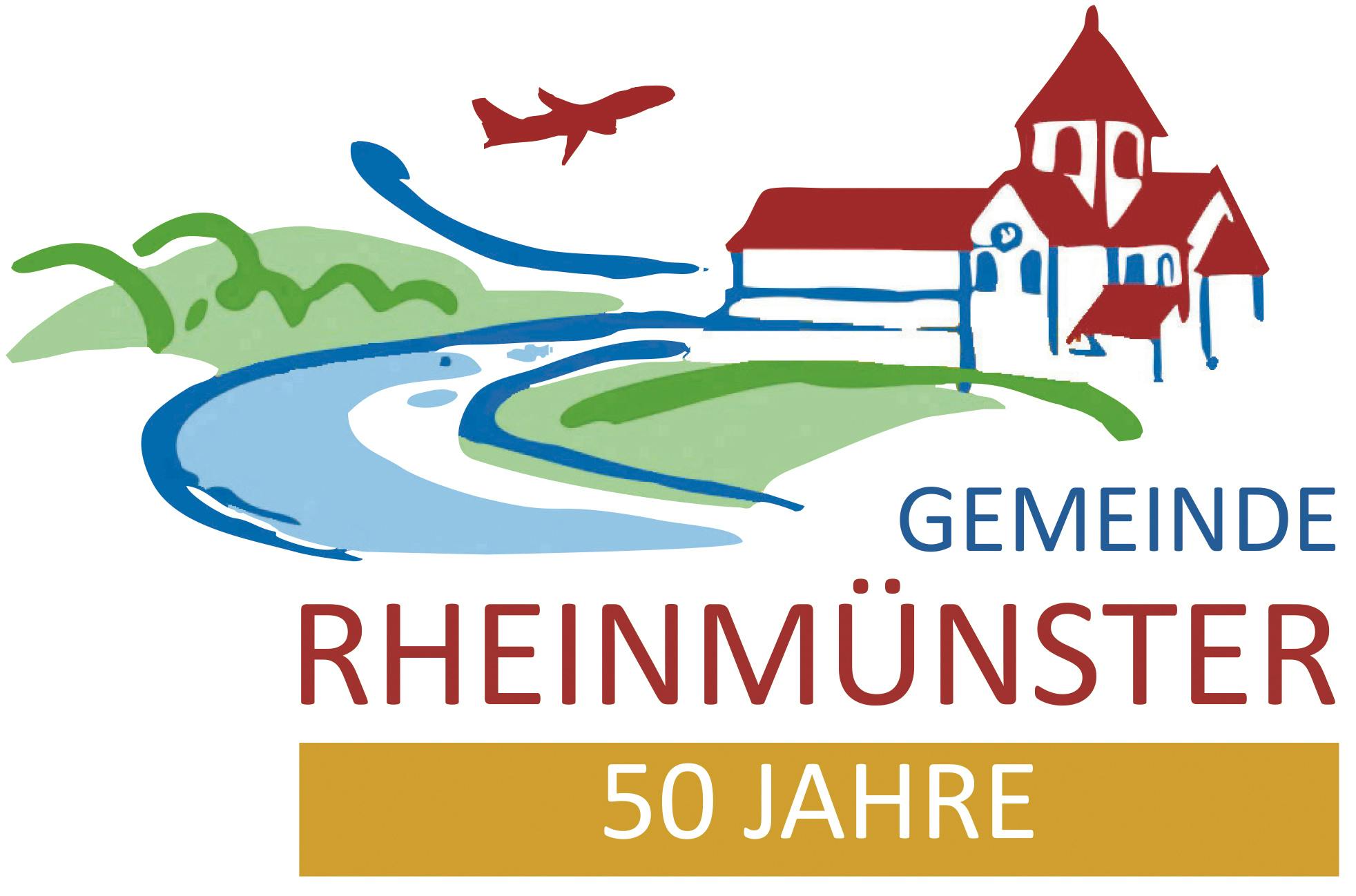History of Schwarzach
The development of Schwarzach is closely linked with the Benedictine abbey that existed here until 1803 and the abbey coat of arms, which consists of a key and sword, has become part of the district seal.
The abbey was mentioned for the first time in 817 in a document along with “Suarizaha” (Schwarzach) and reached its historical peak in 994 when it was granted the right to hold a market. After various smaller fires, a firestorm finally tore through the abbey church in 1299. But by 1302 the church was ceremoniously consecrated. This enormous “church fair” was the beginnings of the Schwarzach fair, which is still celebrated every year.
Although the people of Schwarzach formerly came under the mother parishes of Scherzheim or Stollhofen, the abbey soon established an independent parish. The first parish church was St. Michaels, but this was later replaced by the abbey church. The so-called internal or Schwarzach bar and the mayor’s office, where the local magistrate later resided, were originally responsible for carrying out administrative and judicial duties. However, after the closure of the abbey, these duties were assumed by the Baden authority in Schwarzach, which was finally disbanded in 1809. During the peasants’ revolt, the town and the abbey suffered a great deal at the hands of the “Schwarzach mob” from outside the town. In the Thirty Years’ War Schwarzach, like many other villages, was completely plundered and laid to waste. In the town itself, as in Hildmannsfeld, only 30 citizens survived out of a total of 110. After the war, when everything fell into “neglect”, the abbey that had stood empty for a time was presented with the relics of St. Rufina, whose Saint’s day is still celebrated every year.
Schwarzach was frequently devastated during the war with Holland: “The Imperialist soldiers wreaked terrible havoc, sometimes worse than in the Swedish war”. Its proximity to the “Bühl-Stollhofener Line” also affected Schwarzach, and during the Napoleonic wars the town had to raise considerable war duties. Following the demolition of many of the buildings, only a few domestic offices remained of “the abbey’s former splendour”, namely the large abbey gateway and the magnificent abbey cathedral, in which the famous cathedrals concerts have been held for a number of years.
Hildmannsfeld, which was first documented in 1314 as “Hildeboldsfelde”, formed a single community with Schwarzach very early in history. After the partial separation, a union with Schwarzach was formed in 1383, as represented in the district coat of arms by the “star sign of Taurus”. The chapel, which had been burned down several times, was finally rebuilt in 1732 and placed under the patronage of St. Wolfgang.

